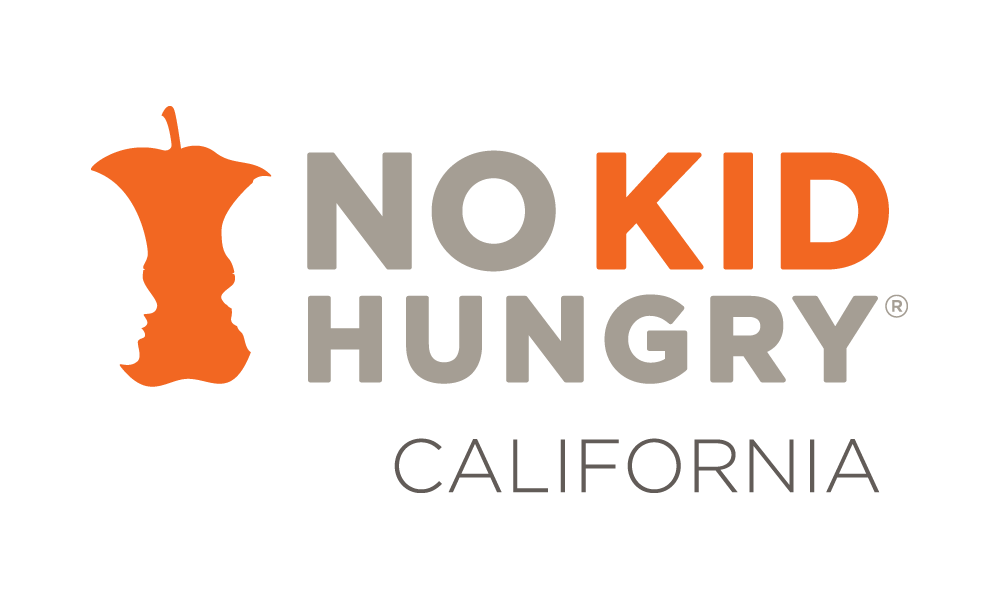“We don’t have to reinvent the wheel. We can lean on each other for best practices and support.” – Sam Duke, director of programs
Summer is the hungriest time of the year for millions of children who rely on school meals.
According to the latest U.S. Census data, 10 million children live in poverty, with the child poverty rate increasing to 13.7% in 2023 from 5.2% in 2021. This mirrors the latest figures from the USDA’s annual report on Household Food Security, which showed a similar uptick in child hunger. Nearly 14 million children, or 1 in 5, face food insecurity.
Thanks to years of advocacy efforts, Congress expanded a summer-long grocery benefit for kids, known as SUN Bucks in California. They also approved meal delivery options in rural areas, improving access to summer meals.
This summer, No Kid Hungry collaborated with school districts and community organizations across the U.S. to help close the hunger gap. With your support, we convened over 400 state and federal officials, community leaders and parents to share ideas and work together on ways to feed kids this summer. We also provided grants and technical support to schools and community organizations in California, which helped them purchase critical equipment, as well as hire and retain staff to run pick-up and meal delivery programs in rural areas.
The dedicated team of staff and volunteers at Feeding San Diego (FSD) in San Diego County is a shining example of what you’ve helped us achieve.
No Kid Hungry California’s Associate Director, Daisy Munguia, sat down with FSD’s Director of Programs Sam Duke to reflect on how this summer’s rural feeding program went.


While many know San Diego for its beautiful coastline, San Diego County has a large rural area that spans eastward toward Imperial County and into the arid Sonoran Desert.
“For example, Jacumba Hot Springs is a good hour and a half east of any urban area in the county,” Duke shared. So, just for families to even go to a grocery store to get fresh fruits and vegetables can be challenging. And when you add in that students lose access to free school meals during the summer, this compounds the challenges for families already facing hunger and food insecurity.”
This year, Feeding San Diego partnered with San Diego County Libraries and took full advantage of the new rural feeding program by offering parent pick-up of multi-day bulk meals at six library locations.
Feeding San Diego staff, library staff, and volunteers packed, delivered and distributed meal boxes. The program “took collaboration and teamwork from everyone in our organization and our partners,” said Duke. “As sponsors, we had to be accurate with the boxes since this was a federal program and food had to be consistent with nutrition guidelines. It was just motivating to see how we all came together.”
In a matter of two months, Feeding San Diego distributed nearly 51,000 summer meals across six rural sites. This meant kids were receiving food boxes with seven days worth of breakfasts and lunches.
Because of the rural feeding program and federal flexibilities, children had consistent access to nutritious meals during the summer months when school is out. The program fostered community engagement by offering families and kids academic enrichment since the sites were at the library, as well as access to information on other programs such as CalFresh, SUN Bucks and year-round food pantry distributions.
“The program may seem daunting,” said Duke, “but I advise reaching out to fellow sponsors. Whether a school district, a community organization or other hunger relief advocates, we don’t have to reinvent the wheel. We can lean on each other for best practices and support.”
“Feeding San Diego’s non-congregate feeding program has made impressive strides this year. Using data from CalFresh, the census, and working closely with other sponsors, they could focus on areas with the greatest need, providing nearly 51,000 meals to kids. What stands out is how they’ve scaled their program so quickly in just two years, and now they’re looking to build to connect more kids to nutritious meals. Their success shows the power of strong community partnerships and thoughtful planning,” Munguia shared.
No Kid Hungry will be here to support them every step of the way. We invite you to join No Kid Hungry in helping partners like Feeding San Diego.


Ways You Can Help
You can ensure kids have the nutrition they need to thrive in and out of the classroom and reach their full potential in a variety of ways:
- Donate. $1 can help provide 10 meals* for kids. Your support will help us fund meal programs all over the country and help us advocate for policies that will help kids get the meals they need.” *Donations help support programs that feed kids; No Kid Hungry does not provide individual meals. Learn more at NoKidHungry.org/OneDollar
- Speak up for kids. Reach out to your elected officials and ask them to do more to end childhood hunger. Tell your lawmaker to advocate for policies that will help kids get the meals they need.
- Sponsor for Summer 2025. Are you part of a school or community organization interested in offering the rural summer feeding program in your area? Visit our Center for Best Practices’ page for more information on the federal rules, eligibility and more.
By Tommy Le
Last updated: November 1, 2024



